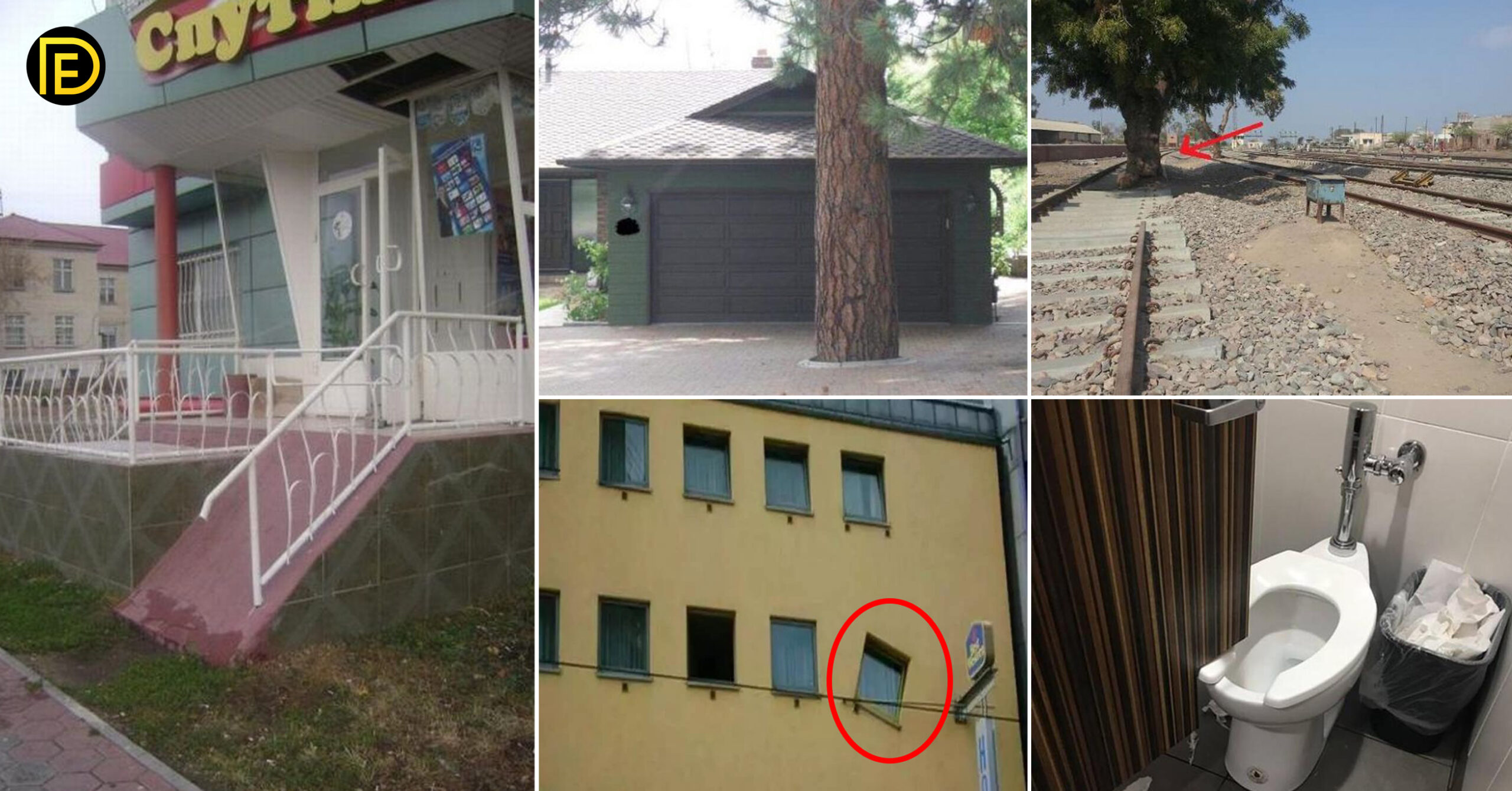Bridge
A drainage structure that facilitates a communication pathway to carry a road or railway traffic across an obstacle or depression with or without water is called a bridge. The route of communication can be railways, roadways, cycle tracks, sidewalks, or a combination of both, and the obstacle can be in the form of a river, stream, valley, channel, road, railway track, etc.
Types of Bridge by Size
1- Minor Bridge: Minor bridges are the bridge having a total span length greater than 6 m & less than 60 m.

2-Major Bridge: Major bridges are the bridge having a total span length greater than 60 m.

3- Long Span Bridge: Long-span bridges are the bridge having a main span length of more than 120 m.

Classification of bridges by structural system
1- Truss Bridges
2- Suspension Bridges
3- Beam Bridges
4- Cable-stayed Bridges
5- Cantilever Bridges
6- Arch Bridges
Different types of materials like stone, brick, timber, steel, concrete, composite, aluminum, and fiber are used to construct a bridge.
Culvert
The culvert is a small bridge having a total length of 6 m or less between the faces of abutments. This type of culvert bridge is a permanent drainage structure that is mainly made to carry roadway or railway track over small streams or canals.

Types of culvert
1- Pipe culvert (single or multiple)
2- Pipe-Arch culvert (single or multiple)
3- Box culvert (single or multiple)
4- Arch culvert
5- Bridge culvert
6- Metal box culvert
When is a culvert used in construction?
When water needs to be conveyed through a pipe or channel. Choosing the size and type of culvert (a pipe, box, or arch) depends on a number of factors including the amount of water flowing.
Difference Between Bridge and Culvert
| Bridge | Culvert | |
|---|---|---|
| 1 | A bridge is a passage of transportation (for people or vehicles) over a large body of water or physical obstruction. | A culvert is generally a tunnel-like structure that allows water to pass under a roadway or railway. |
| 2 | The basic components of a bridge are superstructure (supports load), substructure (transfers load to foundation soil), and deck (transfers surface load to other components). | The components of a culvert are comparatively simpler and include concrete boxes or cells (single or multiple), pipes, a top deck or slab, and supporting parts. |
| 3 | Bridges are constructed at a height of more than 20 feet. | Culverts are built at less than 20 feet high over the obstruction. |
| 4 | A bridge spans from 6 meters (minor bridges) to more than 120 meters. | The length of culverts is typically not more than 6 meters. |
| 5 | Piers and abutments are the supporting structures of a bridge. | Culverts are usually embedded in the soil which bears the major portion of the culvert load. |
| 6 | A bridge contains no floor. | A culvert is an enveloping structure that consists of two sides, a roof, and a floor. |
| 7 | The construction of a strong and deep foundation is very important in building a bridge. The foundation along the entire breadth supports the bridge. | No deep foundation is required for a culvert. |
| 8 | A bridge is usually a linear and straight passage. | Culverts are totally enclosed structures that can be semi-circular, rectangular, elliptical or pear-shaped. |
| 9 | The structure and design of a bridge are elaborate and complex, hence its construction requires a substantial budget. | The construction of a culvert can be done with a low budget. |
| 10 | Bridges are usually constructed at the site or pre-constructed in smaller parts. | Culverts can be pre-constructed or built at the site (in situ culverts). |
| 11 | The construction of bridges generally requires a lot of time and manpower. | Culverts are simpler in structure and design, so they can be constructed with less time and labor. |
| 12 | Bridges provide an easier route of transportation that saves time and reduces distance. | Culverts prevent waterlogging, flood, and erosion, and allows water to flow its natural course under a roadway or railway. |
| 13 | A bridge is built over a body of water that is large and has variable flow. | A culvert is constructed when water needs to be conveyed through tunnels or channels under a roadway. |
| 14 | Bridges can withstand heavy and speeding vehicles. | Some culverts, like box culverts, have sharp corners that are unsuitable for high-velocity vehicles. |
| 15 | The only way of transportation is over the deck of the bridge. | A culvert can be constructed to accommodate roadways both over and under the deck (e.g. a culvert built over another road or railway). |

Click Here To See What Is Culvert? Types, Materials, Location, And Advantages

























